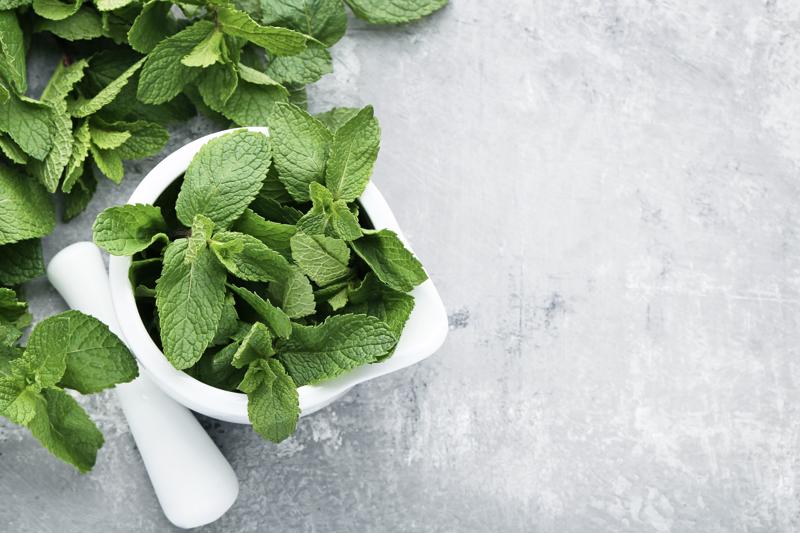Botanical flavors can allow bakers and students in online pastry arts schools to branch out from the most traditional tastes and create new offerings with more depth and range for customers' palates. While botanicals can have strong flavors and require some careful consideration in terms of how they pair with sweet and savory baked goods, also offer plenty of opportunities. Let's look at what botanical flavors are, exactly, and how to incorporate them into your baking.
 Adding botanical flavors to baked goods opens up a host of possibilities for pastry arts chefs.
Adding botanical flavors to baked goods opens up a host of possibilities for pastry arts chefs.Understanding botanicals and the flavors they bring to foods
In general terms, botanical simply means a substance or extract that comes from a plant. Even the more food-specific definition, as shared by Merriam Webster, is very broad: "plant material used as a flavoring agent (as in gin)." Food Processing, a magazine aimed at an industrial food production audience, noted that botanicals have a variety of beneficial properties in this context, from adding flavor and color to thickening and preservative qualities. In a technical sense, there are a wide range of botanicals used, but not advertised, in many different consumer food products, as well as in restaurant kitchens and bakeries.
In casual discussion between professionals in the culinary industry or when crafting a new baked good, a more specific concept of botanicals often comes up. Flavors can range from mild, such as in flowers like roses, to more bitter or medicinal, like juniper berries. A variety of other herbs, spices, roots and similar plant byproducts fall into this category. While this context-dependent definition is not particularly precise, it's well suited for work inside kitchens and bakeries.
How can I incorporate botanical flavors into my baked goods? Why should I?
There are many ways you can introduce botanicals into your recipes. The major reason for doing so is offering a broader range of tastes, creating exciting new combinations that can attract customers with both concept and flavor.
An easy place to start is with frostings and glazes. These very sweet components of cakes and many other baked goods can provide a dependable base for adding more bitter or herb-focused flavors without knocking the overall profile of the pastry out of balance. You could take our Swiss buttercream recipe and then add rose extract or rosewater to taste. Just remember that rose extracts and essences are much more concentrated than rosewater, although both have similar flavors. Another option is to start with this purpose-built rose buttercream white chocolate cake from The Cake blog.
More advanced applications of botanicals, including more bitter flavors that can be especially difficult – but not impossible – to incorporate into baked goods, are also possible. Pasty Arts magazine highlighted a wide range of examples from some of today's leading pastry chefs. Dominique Ansel, best known for inventing the Cronut and the regularly long lines outside of his bakeries, combines elderflower and strawberries in a jam that fills a strawberry vanilla creme tart. This is a good reminder of how a touch of botanicals, even a relatively mild one like elderflower, can make a pastry stand out from the competition even though it isn't wholly dependent on such flavors.
There are a number of different avenues to explore when it comes to botanicals. A small addition of flavor can go a long way, whether its part of the baked good itself, included in the frosting or even used as a garnish. To incorporate such potentially powerful flavors into your pastries effectively, you'll need a strong baking school education that empowers you to effectively combine a variety of tastes and develops strong technical skills. To learn more about our online pastry arts programs, get in touch with us today!

